A unique trip around beaches of South America
We are sure you've heard about the great beaches of South America. They're famous for being some of the best in the world, but what exactly makes them so special? In this post, we'll take you on a tour around seven different beaches across five countries to show you how each one is different from all the others. We'll start off in Brazil and work our way down through Colombia, Ecuador, Peru and Chile—by which point we'll have covered most (if not all) of South America's most iconic beaches!
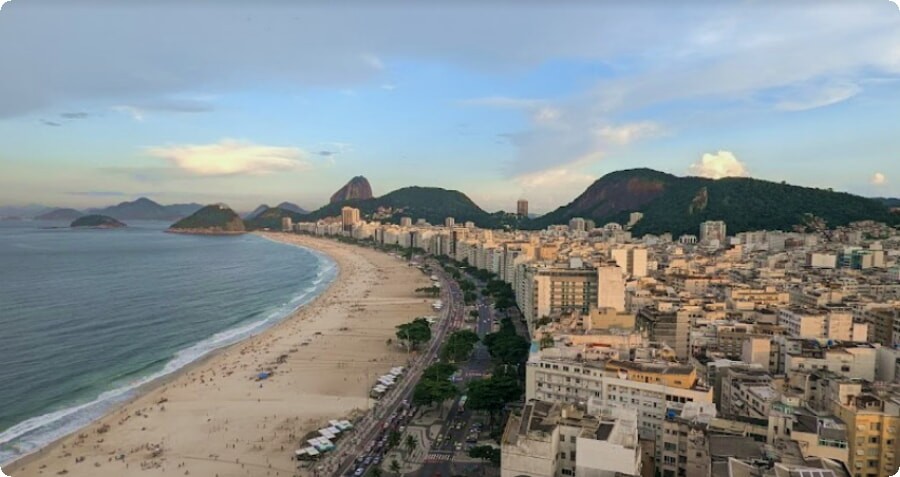
Ipanema
Ipanema is a beach in Rio de Janeiro, Brazil. It is located between the Copacabana and Leblon beaches, at the mouth of an oceanic river that flows into Guanabara Bay. The beach is famous for its gently sloping curve and for being one of the most popular tourist destinations in Brazil.
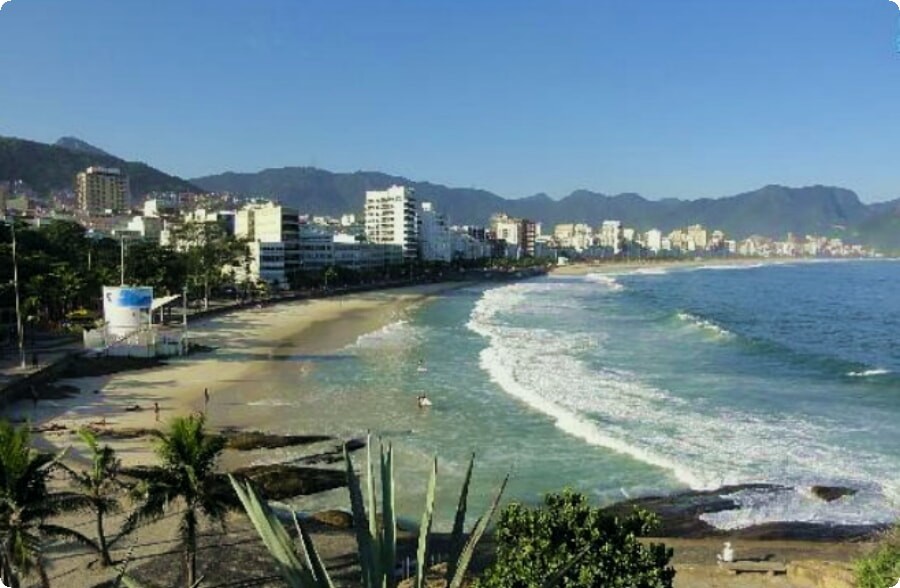
The name Ipanema comes from the Tupi language and means "water with little stones". In Portuguese, it can be translated as "river of little stones". A legend says that when native Indians saw Europeans arriving on their land they threw small pebbles into their boats so they would leave them alone because they thought they were evil spirits!
Garrapatero
Garrapatero is a beach in Ecuador. It is located in the province of Esmeraldas, on the Pacific coast of South America. The name translates to "shinning rock", which refers to its white sand and clear water. The beach attracts many tourists who come to enjoy its beauty, including surfers who are attracted by its waves.
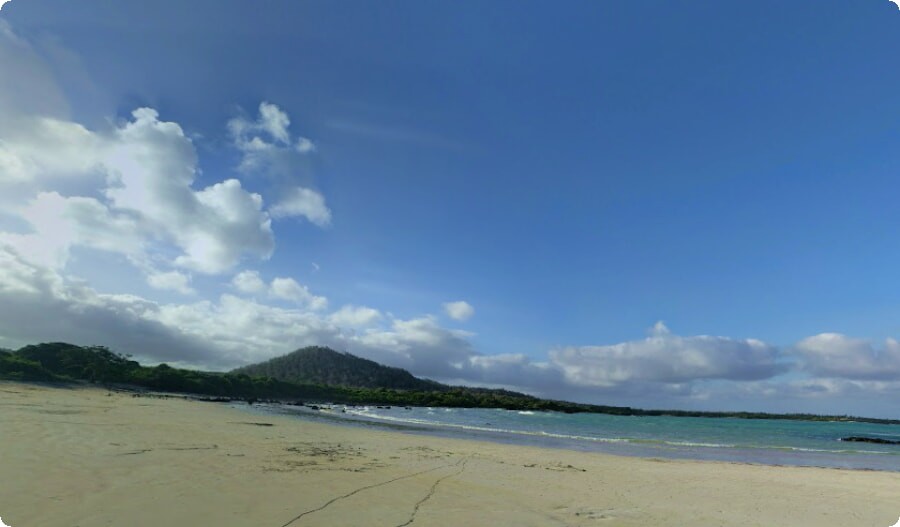
It is a popular surfing spot, with the waves varying from small to large. The beach also has facilities including showers and changing rooms, as well as a restaurant that serves typical Ecuadorian food.
Copacabana
Copacabana is a beach in Rio de Janeiro, Brazil. The beach is located within the city's main tourist zone and known for its wide and soft white sand. It stretches from Forte de Copacabana to Barra da Tijuca, covering more than six kilometers (4 miles). The name "Copacabana" comes from a native tribe that was named after this place: "caupac-ipi". The word means "the place where the caupas live." The Caupac-ipis were peaceful people who lived on top of an hill called Morro do Leme (Leme Hill).
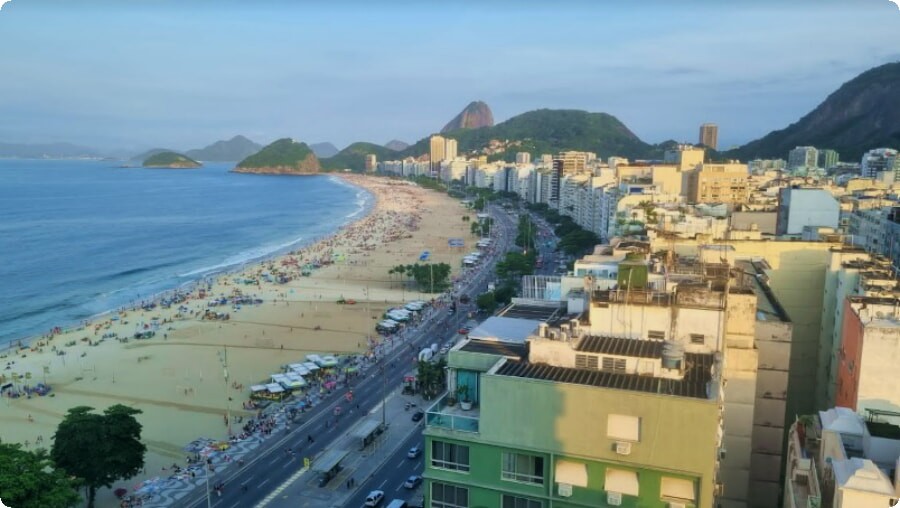
In 1808, after independence from Portugal was declared by Joao VI (King John VI), he decided to build his summer palace here called Real Barraca de Cama e Mesa (Royal Bed & Board Inn). This building later became known as Palacio São Clemente Palace Hotel which still exists today but has been converted into apartments with restaurants on its ground floor.
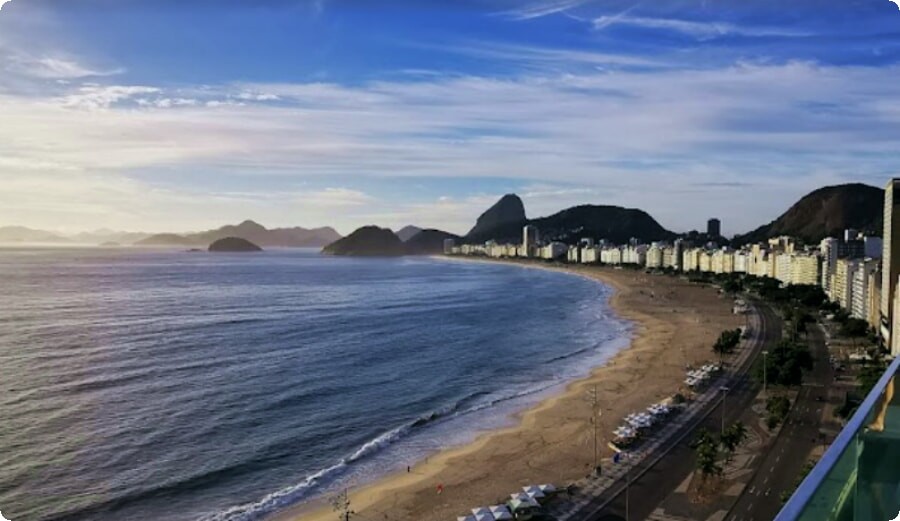
Cayo de Agua
The Cayo de Agua is a small island off the coast of Venezuela. It's a popular tourist destination, and there are many beaches on this island that offer white sand and clear water.
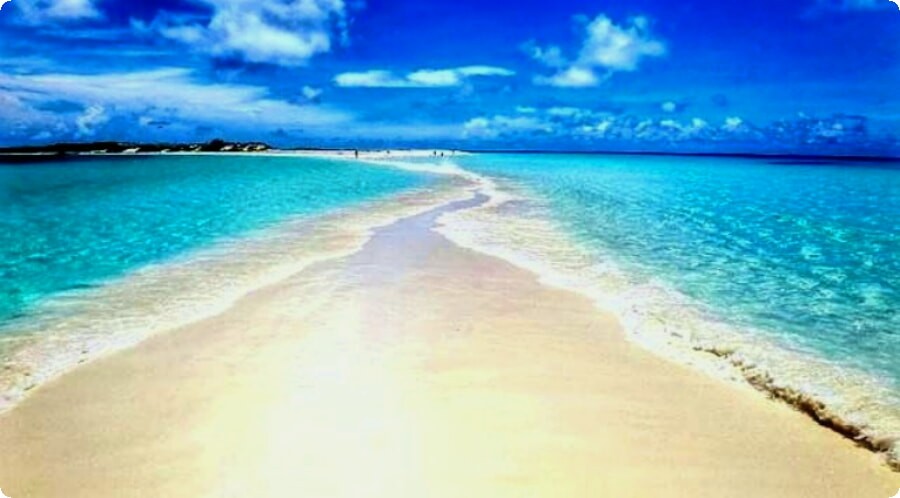
The most famous beach is Playa La Tortuga (Turtle Beach). The sand is white and fine, with no rocks or other debris to get in your way as you walk along it. It's also free from pollution because there aren't any cars or factories nearby--just fish swimming around in the ocean! And if you look closely at the water's surface when it's calm enough to see through clearly, you might even spot some sea turtles swimming by!
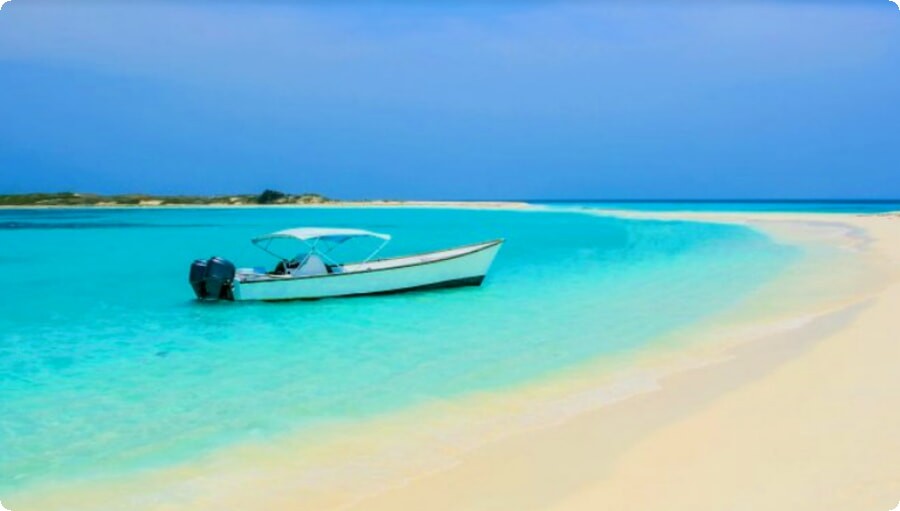
Santos
Santos is a beach town in the state of São Paulo, Brazil. It is located on the southeast coast of the state, on the Atlantic Ocean. The city has become a popular tourist destination since it was discovered by surfers in the 1970s and 80s who came to ride its waves. Today Santos attracts visitors from all over Brazil as well as other parts of South America and Europe.
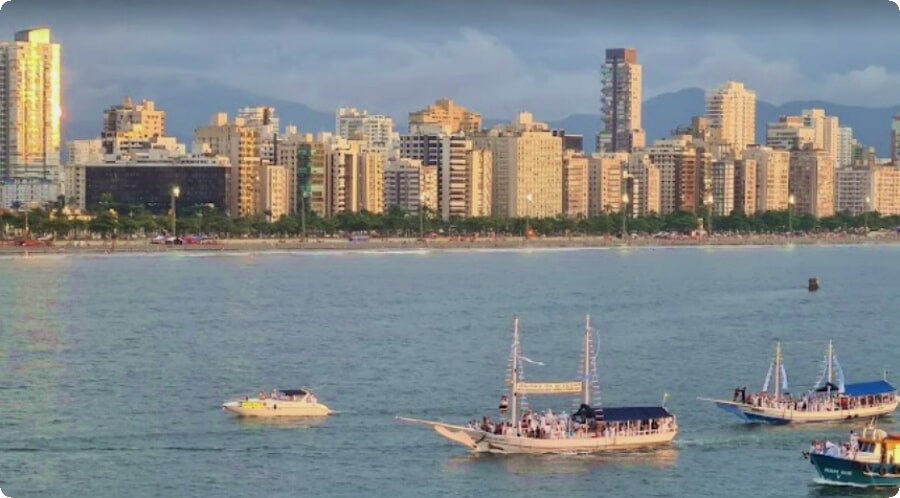
The city has a long history, with the first European settlers arriving in 1550. Santos became an important port for coffee exports from nearby São Paulo state, and later also for sugarcane. There are many historical buildings in Santos, including churches and forts built during colonial times. One of these is the Church of Our Lady of Conception, which was built in 1755 by Franciscan monks.
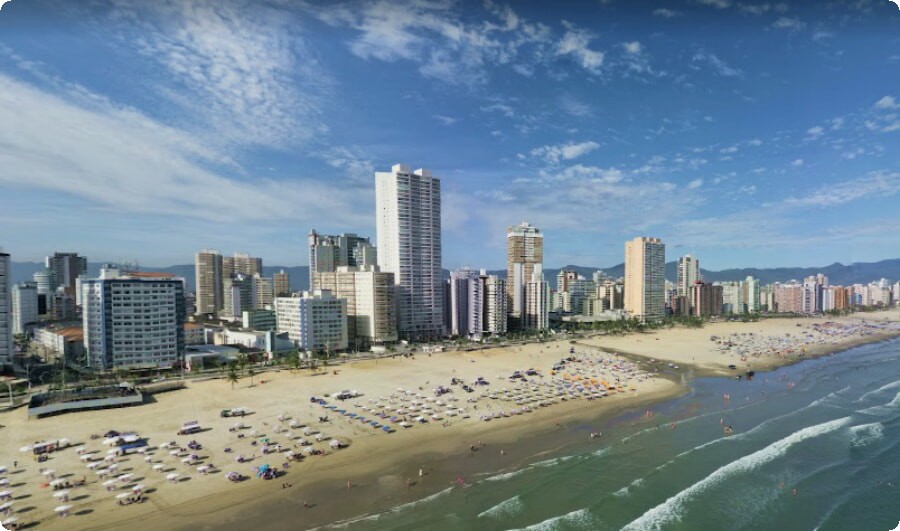
Baia do Sancho
Baia do Sancho is located in Brazil and is a popular tourist attraction. The beach is known for its sunsets, which can be seen from many different points along the boardwalk. There are many hotels and restaurants on this beach, making it the perfect place to stay if you want to visit during your trip around South America's beaches.
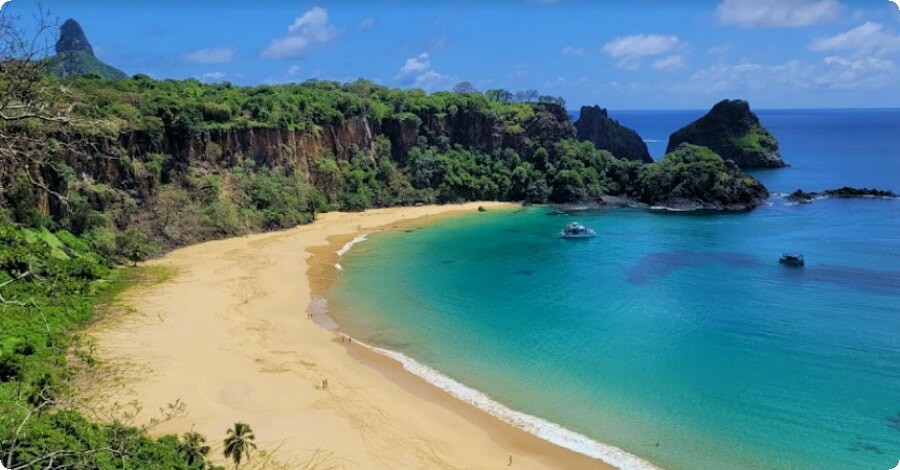
The boardwalk has shops and restaurants that offer food from all over the world!
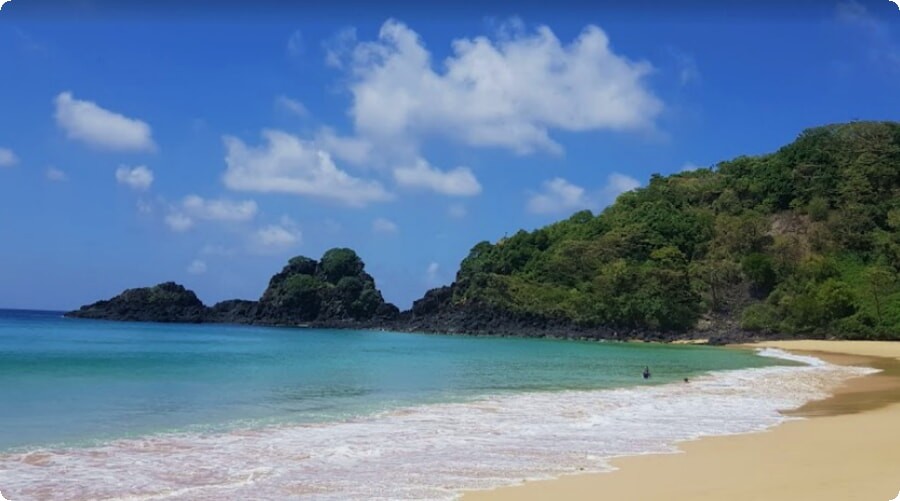
Pilón de Azúcar
Pilón de Azúcar is a beach in Colombia, located on the Caribbean coast of the country. It is a famous tourist destination and has a beautiful view of sea and mountains. This long beach attracts many people who come here to relax or enjoy surfing, swimming and sunbathing.
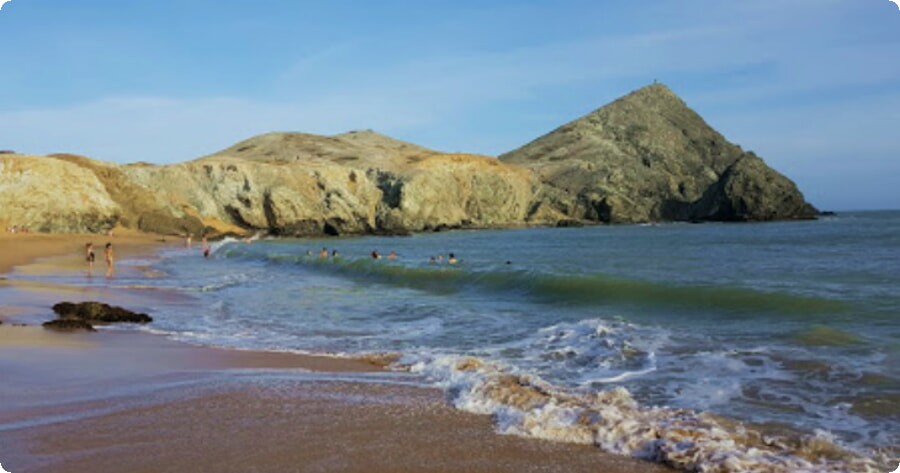
The name "Pilón" comes from an old sugar mill that was once situated on this place, which produced molasses used as food for cattle during colonial times (16th century).
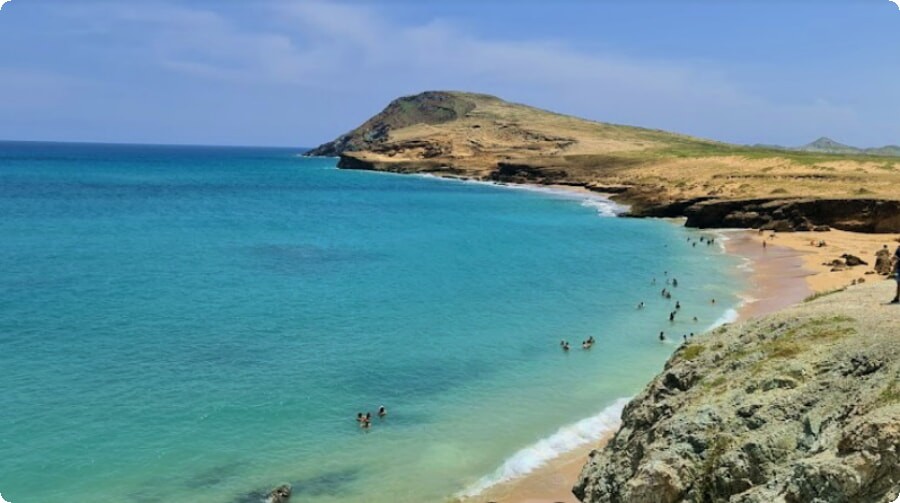
South America is full of beaches and each one has their own unique characteristics
South America is full of beaches and each one has their own unique characteristics. Some are quiet, while others are crowded with tourists. If you're looking for a quiet place to relax and enjoy the ocean, visit Chile or Brazil where there are many beautiful beaches that aren't very busy during off season months. However if you want something different than what you have at home then head over to Peru where there's great surfing or go to Argentina where it's common practice for people (especially women) to walk around in bikinis all year long!
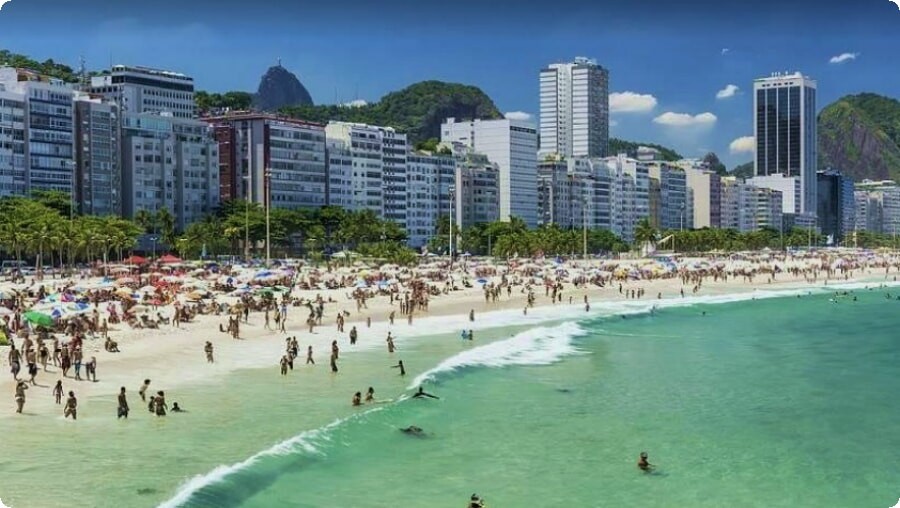
There are many beautiful beaches in South America, but these five are some of the most unique. Each one has its own characteristics and special charm that makes it stand out among the rest. If you're looking for an adventurous trip full of fun activities such as snorkeling or surfing then I recommend visiting any one of these locations! To explorer the Beautiful beaches we advice you to rent a car in Brazil.